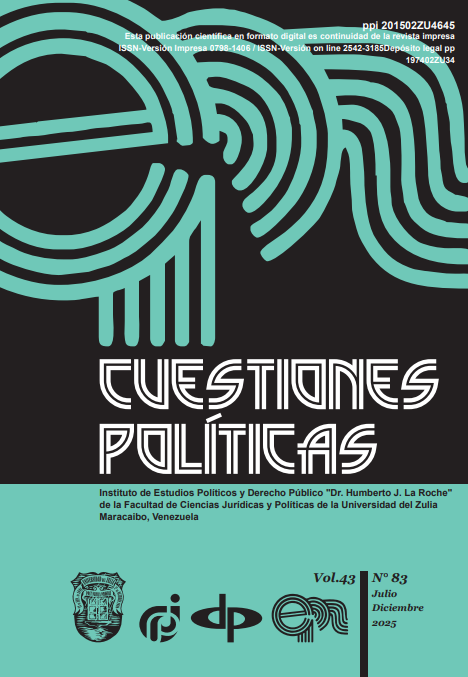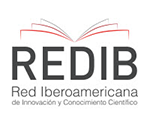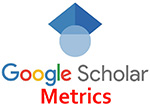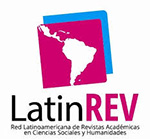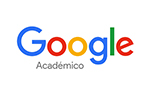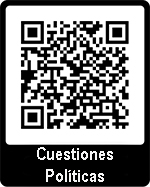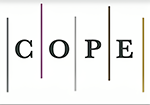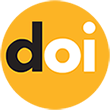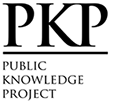Public policies for strategic planning in enterprises in the Ecuadorian agricultural sector
Abstract
Strategic planning is essential for agricultural enterprises, as it helps to have clear goals, make better use of resources and adapt to changes. This process begins with an analysis of the environment, considering external aspects such as climate, markets and regulations, as well as internal factors such as available resources. A widely used tool in this context is the SWOT analysis, which allows identifying strengths, opportunities, weaknesses and threats, helping to create more effective strategies. The definition of the mission, vision and strategic objectives is also key because it gives a clear direction to the enterprise. However, all these tools used by enterprises are regulated by the public policies of each country. Thus, the objective of this article is to analyze public policies for strategic planning in enterprises in the Ecuadorian agricultural sector. Descriptive research is carried out using a qualitative approach, analyzing information from secondary sources and analyzing the database of the Global Entrepreneurship Monitor (GEM) report, which considers the following variables: government policies, government programs, intellectual property legislation and financial support. The results show that public policies focused on the development of entrepreneurship have been generated in Ecuador.
Downloads
References
ASAMBLEA NACIONAL. 2016. Código Orgánico de la Producción, Comercio e inversiones COPCI. Uniandes EPISTEME. ISSN 1390-9150/ Vol. 7 / Nro. 1 / enero-marzo / Año. 2020 / p. 72-85 Disponible en línea. En: https://www.industrias.gob.ec/wp-content/uploads/2017/04/C%C3%B3digo-Org%C3%A1nico-delaProducci%C3%B3n-Comercio-e-Inversiones-COPCI.pdf. Fecha de consulta: 25 de febrero de 2025.
ASAMBLEA NACIONAL CONSTITUYENTE. 2008. Constitución de la República del Ecuador. Registro Oficial. Montecristi, Ecuador.
CONSEJERÍA DE AGRICULTURA, PESCA, AGUA Y DESARROLLO RURAL. (S.F.). Plan Estratégico para mejorar la competitividad del sector agrícola, ganadero, pesquero, agroindustrial y del desarrollo rural de Andalucía 2020-2022. Disponible en Línea. En: https://www.juntadeandalucia.es/organismos/agriculturapescaaguaydesarrollorural/areas/desarrollo- rural/plan-estrategico-mejora-competitividad.html. Fecha de consulta: 25 de febrero de 2025.
ESGINNOVA GROUP.2020. ¿Qué es el modelo de las 5 fuerzas de Porter? Y ¿Cómo se realiza un análisis competitivo con este modelo? Disponible en línea. En: Esginnova Group: https://www.nueva-iso-9001-2015. com/2020/05/que-es-el-modelo-de-las-5-fuerzas-de-porter-y-como-se-realiza-un-analisis-competitivo-con-este-modelo. Fecha de consulta: 11 de febrero de 2025.
FUENTE, Oscar. 2024. Pasos para planificar una estrategia de emprendimiento exitosa. Disponible en línea. En: Iebs: https://www.iebschool.com/blog/pasos-estrategia-emprendimiento-emprendedores/. Fecha de consulta: 11 de febrero de 2025.
IVLEV, Gustav. 2023. Qué es y cómo crear un cuadro de mandos integral para tu empresa. Disponible en Línea. En: Asana: https://asana.com/es/resources/balanced-scorecard. Fecha de consulta: 8 de febrero de 2025.
KOGUT, Peter. 2024. “Eos Data Analytics” En: de La Agricultura Sostenible: Un Nuevo Concepto De Cultivo. Disponible en línea. En: https://eos.com/es/blog/agricultura-sostenible/. Fecha de consulta: 8 de febrero de 2025.
LUNDSTROM, Anders; STEVENSON, Lois. 2005. Entrepreneurship policy: Theory and Practice. Springer-Verlag US: Springer US. New York, USA.
MAG. 2021. Iniciativa Hand in Hand para la integración de programas y proyectos de inversión agropecuaria en los planes de Desarrollo y Ordenamiento Territorial. Disponible en línea. En: https://www.planificacion.gob.ec/wp-content/uploads/2021/04/iniciativa_hih_para_integración_programas_proyectos_inversión_agropecuaria_en_los_pdot_2.pdf. Fecha de consulta: 15 de abril de 2025.
MINISTERIO DE AGRICULTURA Y GANADERÍA. (2019). Agricultura, la base de la economía y la alimentación. Disponible en línea. En: https://www.agricultura.gob.ec/agricultura-la-base-de-la-economia-y-la-alimentacion/. Fecha de consulta: 15 de abril de 2025.
ORGANIZACIÓN DE LAS NACIONES UNIDAS PARA LA ALIMENTACIÓN Y LA AGRICULTURA. 2017. Guía para la formulación de proyectos de inversión del sector agropecuario. Disponible en línea. En: https://openknowledge.fao.org/server/api/core/bitstreams/616d6087-40ec-469f-b62e-994bea3259b3/content. Fecha de consulta: 14 de marzo de 2025.
RAINFOREST ALLIANCE. 2022. “Por una mejora continua en la agricultura” En: Rainforest Alliance. Disponible en línea. En: https://www.rainforest-alliance.org/es/en-el-campo/por-una-mejora-continua-en-la-agricultura/. Fecha de consulta: 14 de marzo de 2025.
RAMOS, Paula. 2024. ¿Cómo pueden los agricultores aprovechar sus fortalezas y superar sus debilidades utilizando el análisis FODA? En: linkedin. Disponible en línea. En:https://es.linkedin.com/advice/0/how-can- farmers-leverage-strengths-overcome-weaknesses?lang=es. Fecha de consulta: 24 de marzo de 2025.
SENESCYT. 2017. Reglamento de Registro de Espacios y Agentes de Innovación. Quito, Ecuador: Registro Oficial. Disponible en línea. En: https://www.gob.ec/sites/default/files/regulations/2019-04/Acuerdo%202017-159_ opt.pdf. Fecha de consulta: 25 de diciembre de 2024.
SENPLADES. 2013. Plan Nacional del Buen Vivir 2013-2017. Quito, Ecuador: Secretaría Nacional de Planificación y Desarrollo. Disponible en línea. En: https://educacion.gob.ec/wp-content/uploads/downloads/2015/02/Plan-Nacional-para-el-Buen-Vivir-2013-2017.pdf. Fecha de consulta: 25 de diciembre de 2024.
SZERB, László; RAPPAI, Gábor MAKRA, Zsolt; TERJESEN, Siri. 2007. “Informal investment in Tran- section economies: Individual characteristics and clusters” En: Small Business Economics. Vol. 28, No. 2, pp. 257-271. Disponible en línea. En: https://link.springer.com/article/10.1007/s11187-006-9019-9. Fecha de consulta: 25 de diciembre de 2024.
VALDEZ, Michae; RICHARDSON, James. 2013. I”nstitutional determinants of macro-level entrepreneurship” en: Entrepreneurship: Theory and Practice. Vol. 37, No. 5, pp. 1149-1175. Disponible en línea. En: https://journals.sagepub.com/doi/abs/10.1111/etap.12000. Fecha de consulta: 25 de diciembre de 2024.
Copyright
The authors who publish in this journal agree to the following terms:
The authors retain the copyright and guarantee the journal the right to be the first publication where the article is presented, which is published under a Creative Commons Attribution License, which allows others to share the work prior to the recognition of the authorship of the article work and initial publication in this journal.
Authors may separately establish additional agreements for the non-exclusive distribution of the version of the work published in the journal (for example, placing it in an institutional repository or publishing it in a book), with an acknowledgment of its initial publication in this journal.
This work is under license:
Creative Commons Reconocimiento-NoComercial-CompartirIgual 4.0 Internacional (CC BY-NC-SA 4.0)


